Add a Virtual Bridge Using NMCLI
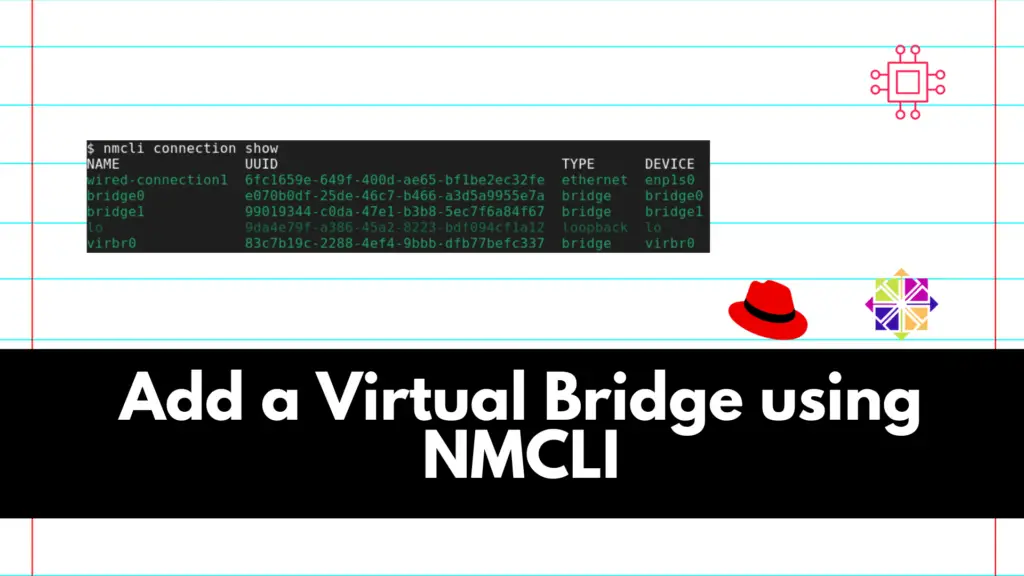
Adding a virtual bridge using nmcli involves several steps. A virtual bridge is commonly used in networking to connect multiple virtual or physical network interfaces. Table of Contents Introduction In networking, a virtual bridge serves as a crucial component for connecting and managing multiple network interfaces. It allows for the creation of a unified network […]
How to calculate pi using a bash script

To calculate pi using a Bash script, you can use the bc command, which is a tool that can perform arithmetic operations in the terminal. Table of Contents Introduction By following our step-by-step guide, you’ll learn how to calculate pi using a Bash script while gaining a thorough understanding of the underlying code. We’ll review […]
Creating MBR partitions in Linux
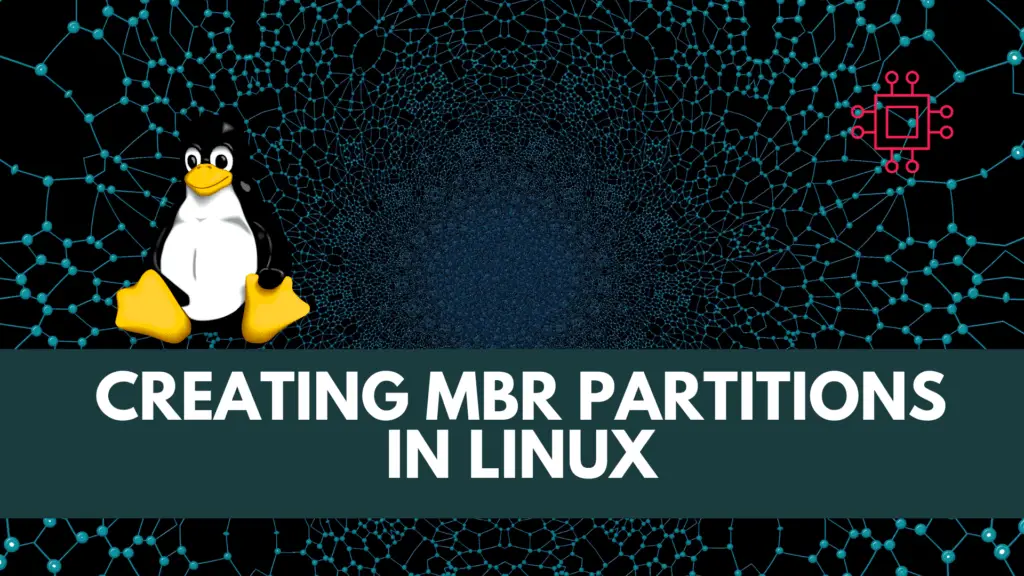
In this article, we’ll learn about creating MBR partitions in Linux, delve into the procedure using the fdisk and parted tool, and provide clear command line examples to illustrate its utility. Table of Contents Introduction Efficiently managing storage is a critical aspect of IT infrastructure. Whether you’re setting up servers, workstations, or virtual machines, understanding […]
Install KeepassXC on RHEL9 or CentOS9
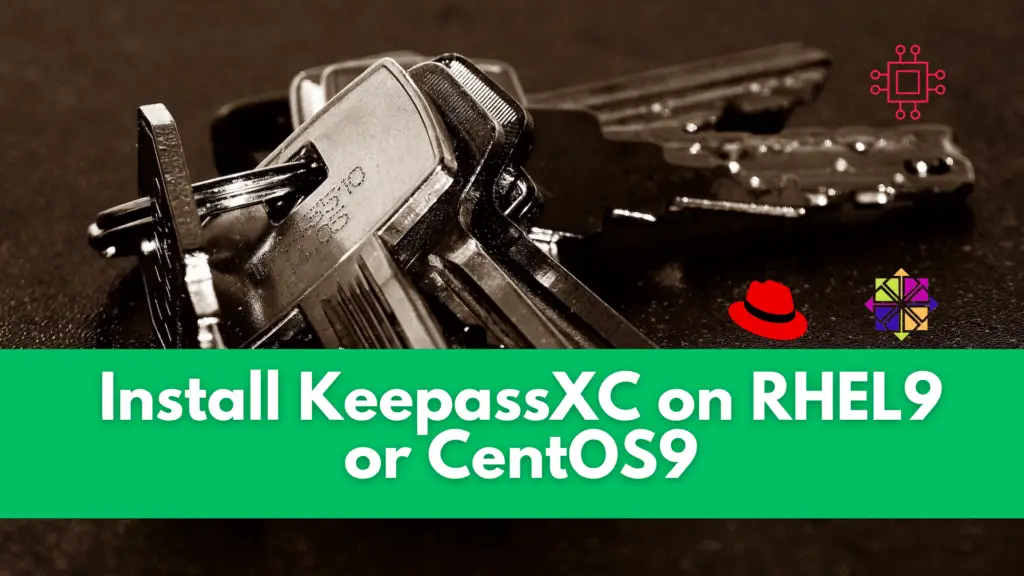
Learn how to successfully install KeePassXC on RHEL 9 or CentOS 9 for efficient password management and security. Table of Contents Introduction KeePassXC is a popular open-source password manager that offers secure storage for sensitive information. Developed as a community-driven fork of KeePassX, it is designed to work seamlessly on multiple operating systems, including Linux. […]
Choosing the Right Partitioning Scheme: MBR vs. GPT on Linux Systems
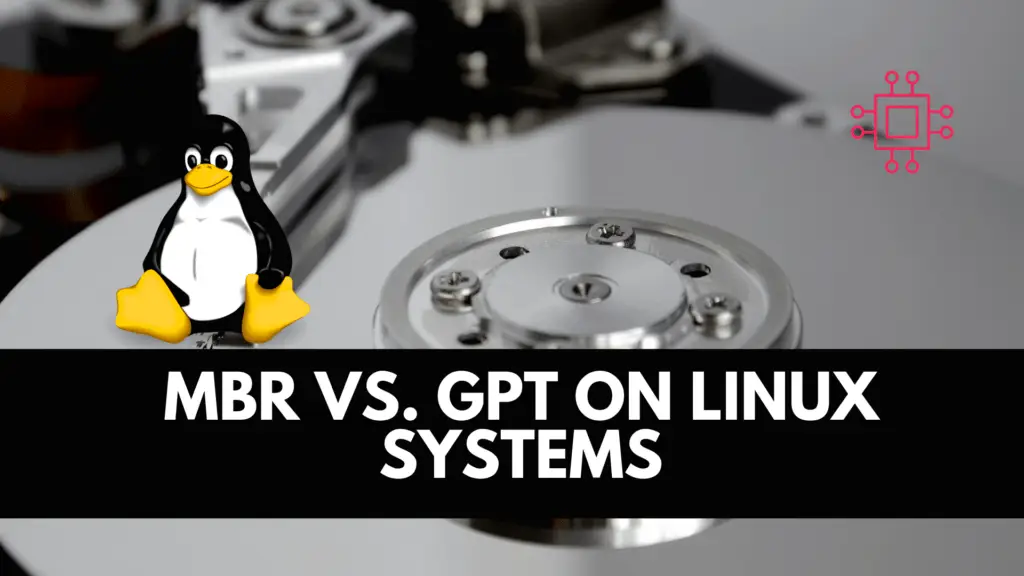
In the ever-evolving landscape of IT infrastructure, one fundamental decision stands out when setting up storage solutions: choosing the right partitioning scheme. This article takes an in-depth look at the two prominent options – Master Boot Record (MBR) and GUID Partition Table (GPT) – as they pertain to Linux systems. Whether you’re a seasoned IT […]
Creating GPT partitions in Linux
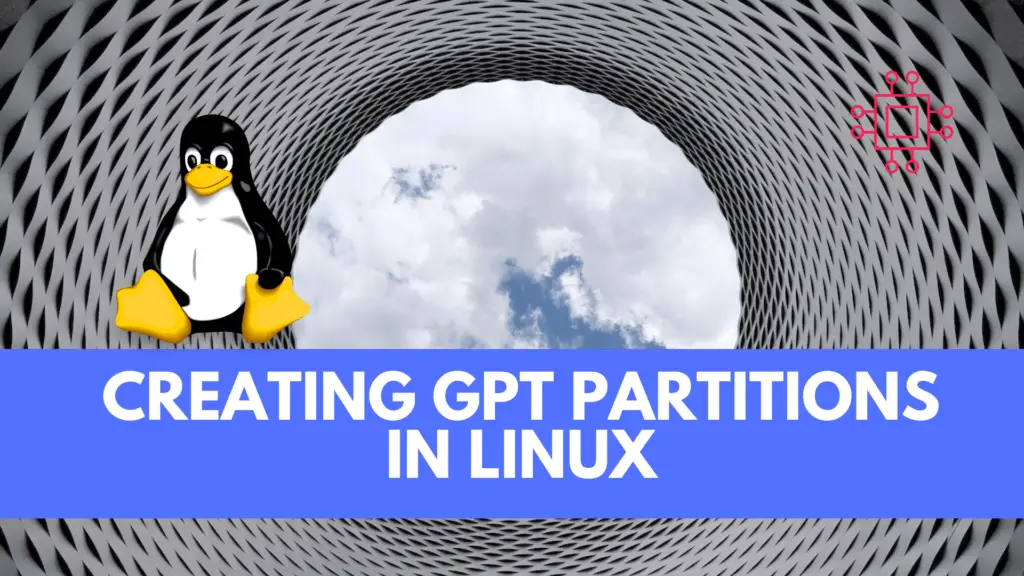
Creating GPT partitions in Linux empowers IT professionals with a modern and robust method for efficient storage management, offering advantages like larger drive support, data integrity, and enhanced system security. Table of Contents Introduction In the ever-evolving landscape of information technology, efficient data management and storage are critical components for any system’s success. Partitions play […]
10 Common Errors with Docker Containers and How to Fix Them
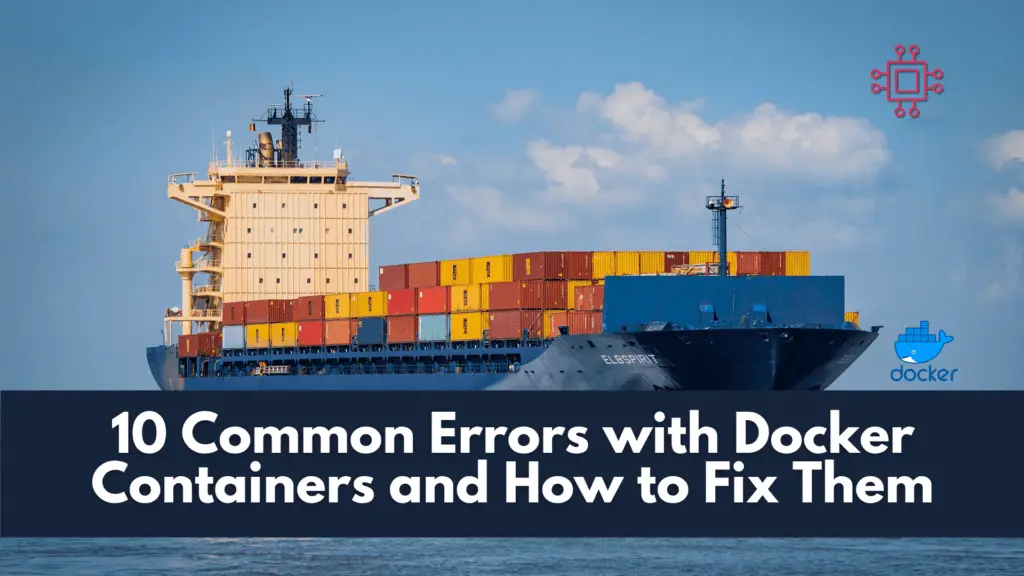
Troubleshooting made easy: Learn fixes and solutions for common Docker errors in this comprehensive guide. Enhance your container management skills and ensure seamless deployments. Table of Contents Introduction Docker containers have revolutionized the way we develop, deploy, and manage applications. However, even with their numerous benefits, working with Docker containers can sometimes lead to challenges […]
Enable FIPS on RHEL7 or CENTOS7
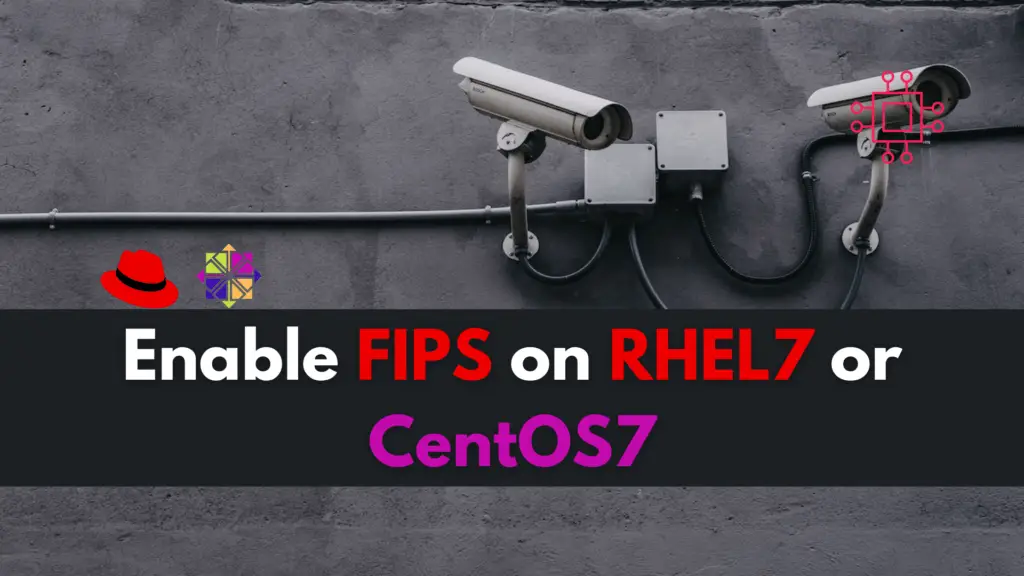
Are you a Linux professional looking to enhance your system’s security measures? Learn how to enable FIPS on your RHEL7/CentOS7 machine and ensure compliance with the Federal Information Processing Standard (FIPS) guidelines and standards. Table of Contents Introduction In the world of information security, compliance is essential. The Federal Information Processing Standard (FIPS) is a […]
Securing a PostgreSQL Database
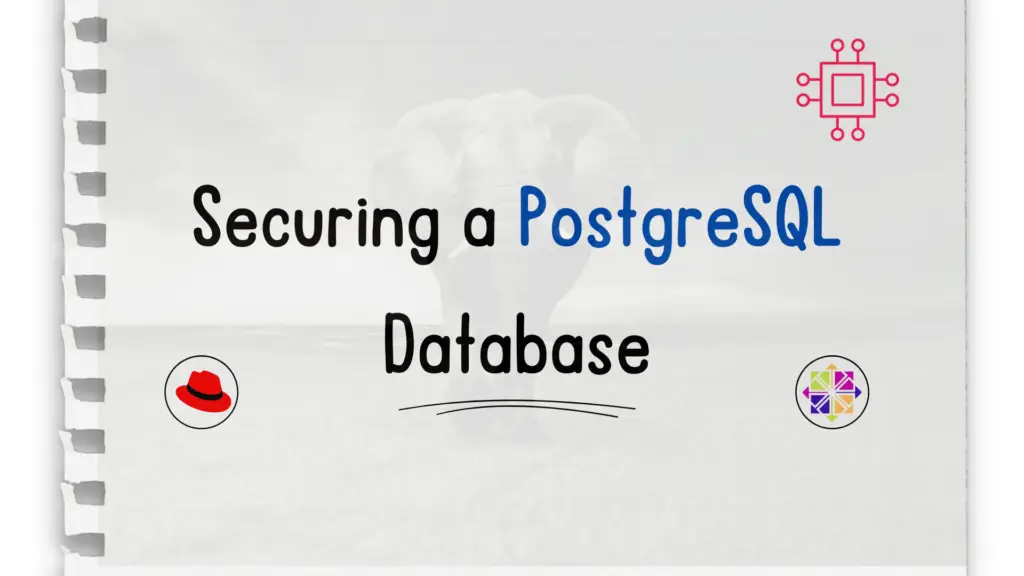
Protecting your valuable data is crucial in the digital age, and one of the most important steps you can take is securing your PostgreSQL database with these ten essential strategies. Table of Contents Introduction PostgreSQL is an open-source relational database management system that is known for its scalability, reliability, and robustness. It was first released […]
Add multiple IP addresses using NMCLI
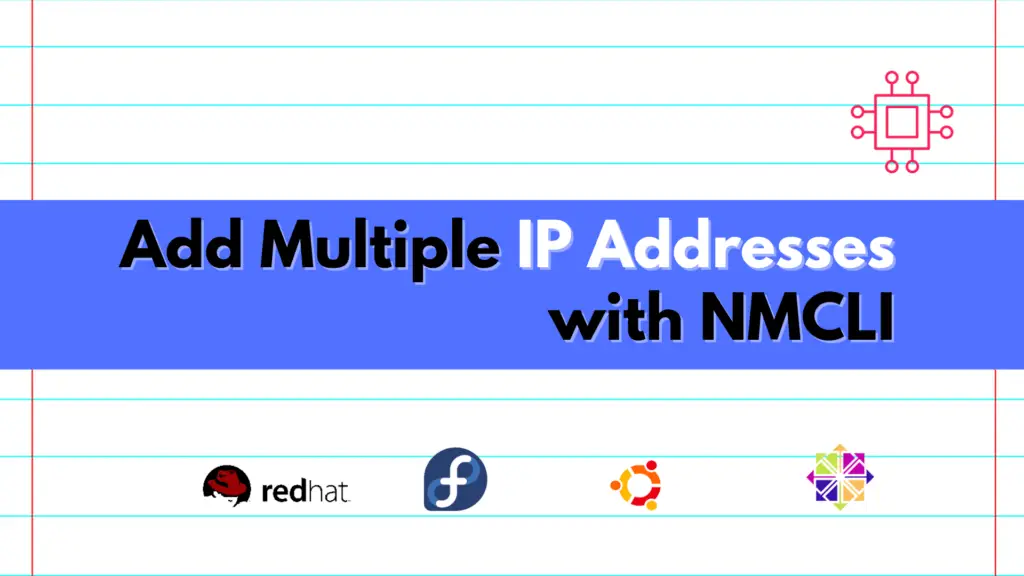
In this article, we’ll show you how to quickly add multiple IP addresses using NMCLI, a powerful command-line tool for configuring network settings on RHEL8/9 or CentOS 8/9 OS, streamlining your network administration tasks. Table of Contents Introduction NetworkManager Command Line Interface (NMCLI) is a tool that allows network administrators to configure network settings on […]
